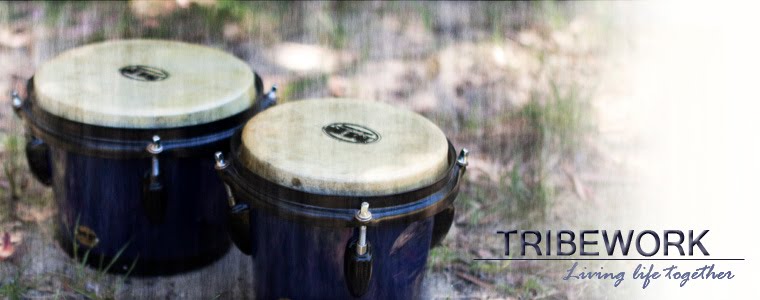
Ever had someone quip you with a circuitous insult (delivered by a smiling assassin) or criticise you via a note when you had no chance to respond in a timely way? Or, perhaps, there was a time you wished you could have had more influence over the procrastinator in your midst; they happened to be more elusive than you could imagine.
It’s more common than any of us think, yet more frustrating than any of us really can bear; still, because we can’t put our finger on it, those engaging in passive aggressive behaviour get away with it.
This behaviour is a complex one, manifesting itself in a vast number of ways, depending on the circumstances, and the practitioner! Essentially it’s because the passive aggressive has not dealt with, and does not deal with, their anger.
But, before we look at anger, let’s look at the aggression-factor that resides behind those who exhibit as passive aggressive in nature.
Four Descriptions Of Aggression
As we delve deeper into the nature of what can be termed a personality disorder, it helps to explore the topic of aggression, as well as understanding the role of aggression as apparent via passivity.
According to Human Synergistics International, there are four archetypes of aggressive/defensive behaviour: perfectionistic; competitive; power; and, oppositional.
In other words, behaviour known as aggressive is demanding, out to win at all costs, always about power, and generally oppositional regarding others’ wants and needs.
Ordinarily, aggressive behaviour is easy to spot; not with this form, however, because there is an insidious modus operandi taking place, even many levels below the consciousness of the passive aggressive person.
The Complexities Of Passive aggressive Behaviour
What confounds the easy detection of such silent aggression is it’s veiled in somewhat passive and covert, almost harmless, behaviour. The victims of such behaviour may wonder even if there is any reason to complain; they are home to second-guessing and doubts present because their sense of torment cannot easily be backed up in observable acts. They may feel powerless and even prone to insanity for dealing with such a person.
Attacks are always indirect and never usually openly abusive. In these ways such behaviour is unlikely to be ‘caught’ and offenders are likely to have grown skilful in their ways, having ‘practiced’ over decades. These are the ones who cry ‘offended’ when generally that shoe is on the other foot.
Unresolved Anger Bites
What’s behind this condition is, of course, unresolved anger; perhaps that which has been borne from an unreconciled childhood. Maybe the passive aggressive approach to life was found to preferable or even a necessity—part of a survival instinct to cope with the dynamics within the family of origin.
Such visceral, yet invisible, and even unkempt, anger has been founded upon a seedbed bereft of love—again, somehow, springing from childhood.
The sad thing is the last person likely to admit their weakness is the passive aggressive person. Like nearly all of us, they might need to be faced with a crisis before they will act.
When We Are The Victim
Assuming the reader is reading because they are dealing with someone known for their passive aggressive behaviour, we can suggest the following:
The only thing that works in controlling aggressive behaviour effectively—whether overt or covert—is assertiveness: the discipline to behave in ways that looks after both parties’ needs, simultaneously. It’s the win/win approach.
We cannot be the doormat, yet we need to be careful how we protect our own rights.
To a point, there are many behaviours in others we need to simply accept; so long as they are not abusive or neglectful.
***
Overcoming passive aggressive behaviour in someone close to us, in the home or at work or elsewhere, is first about understanding the ‘cool’, yet unresolved, anger driving such behaviour. Then, it’s about learning assertiveness in the practical tasks of interaction. Passive aggressive people must not be allowed free rein. Making a study of assertiveness is our way to restoring a semblance of control.
The best thing about the present discussion is ensuring we do our own internal work, to resolve our anger, continually, so that we are not characterised as passive aggressive.
© 2012 S. J. Wickham.

No comments:
Post a Comment
Note: Only a member of this blog may post a comment.